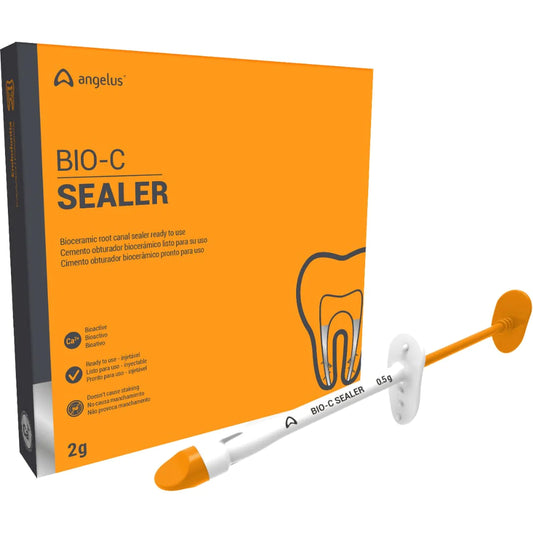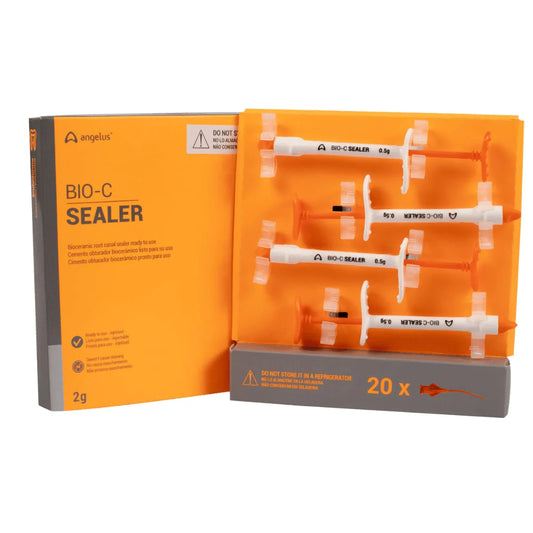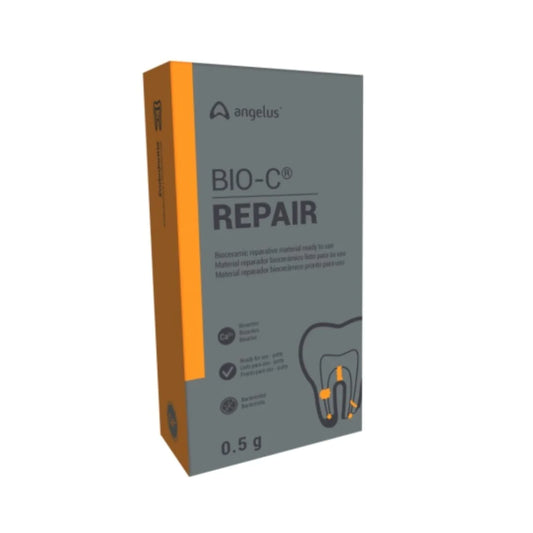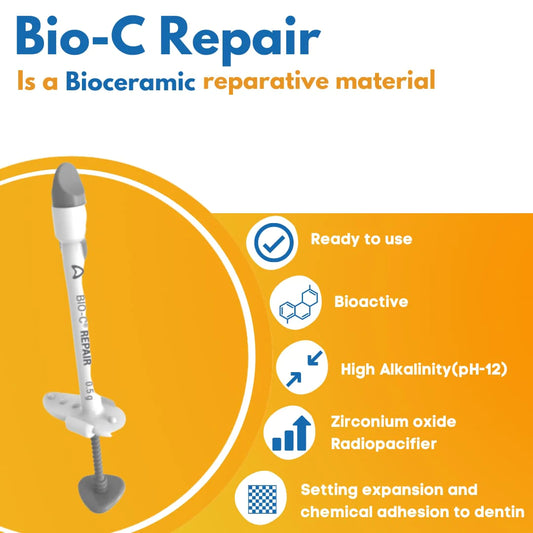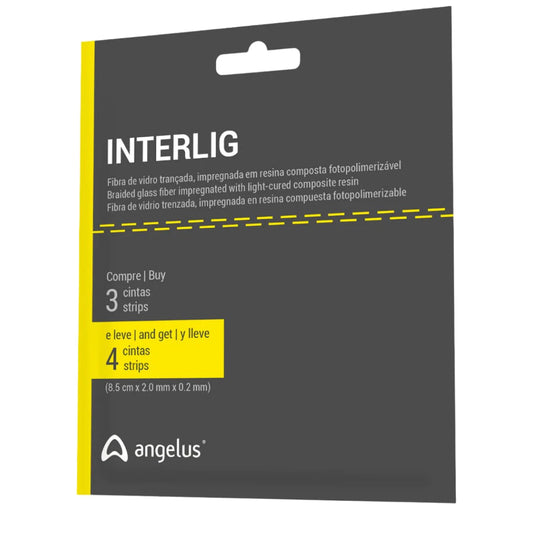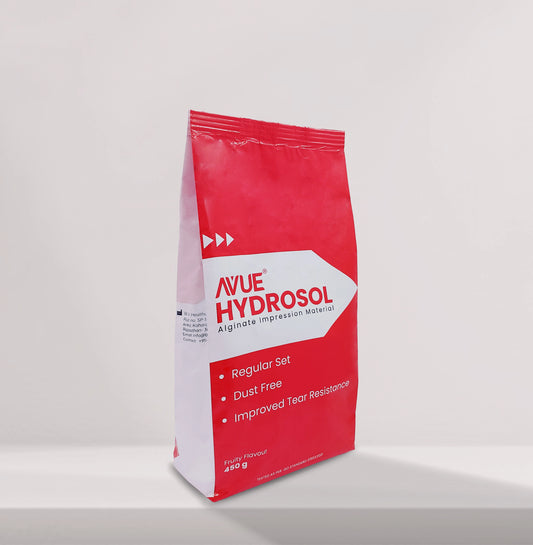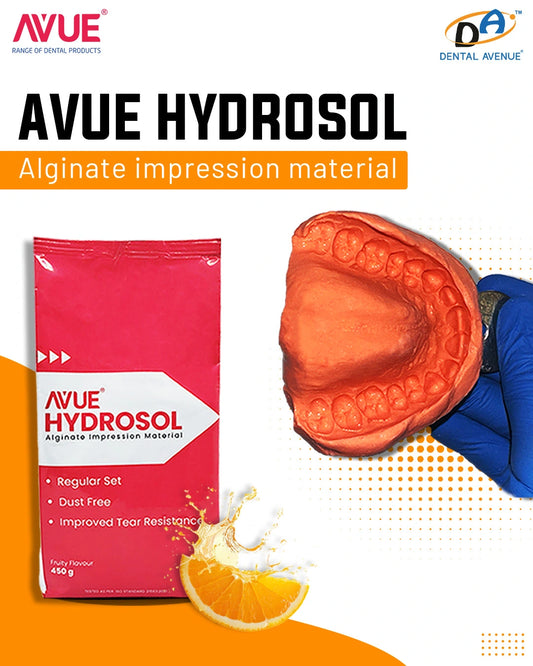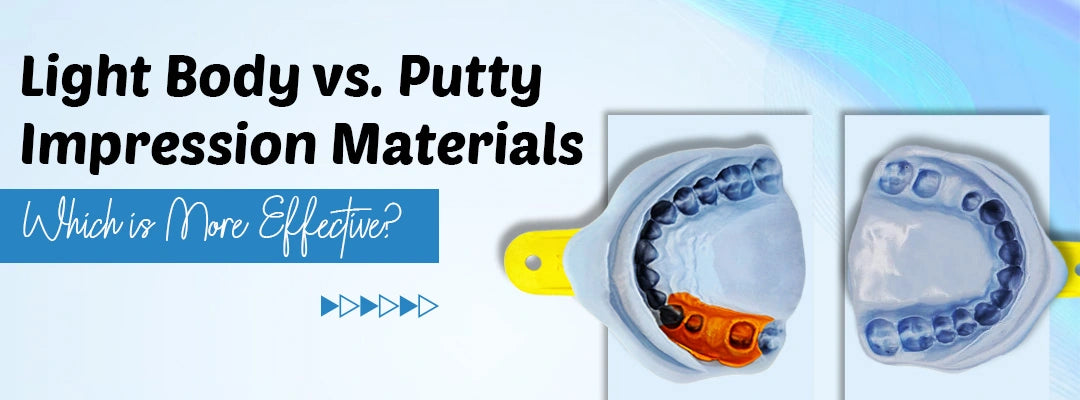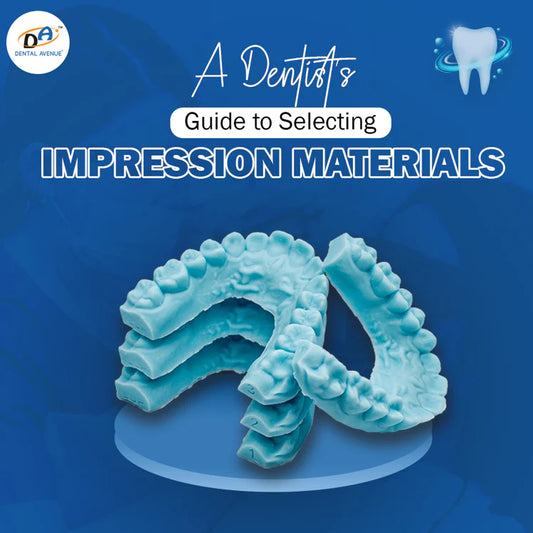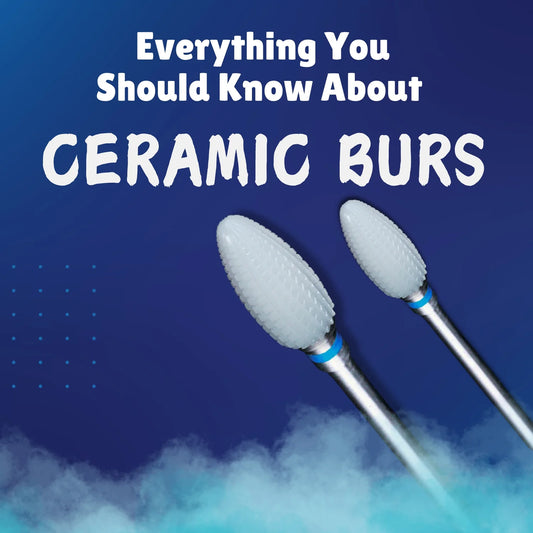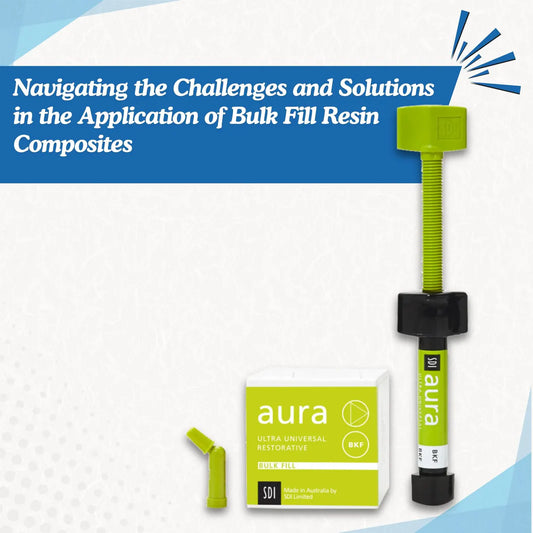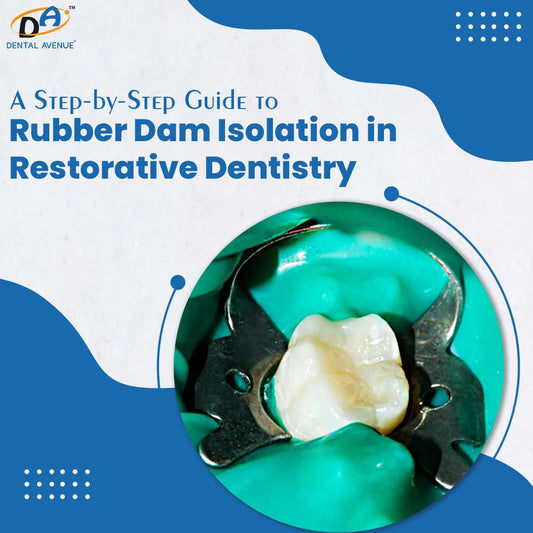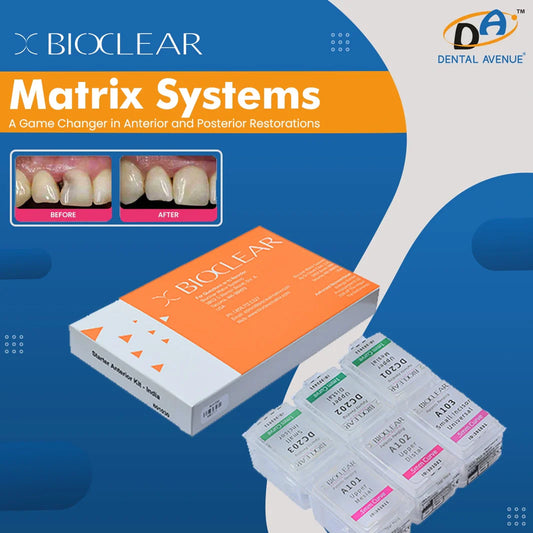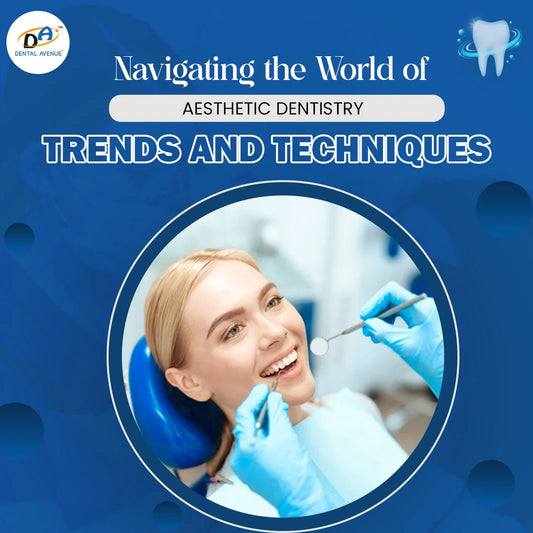Table of Contents:
Introduction
What is Light Body Impression Material?
What is Putty Impression Material?
Key differences between Light body and Putty for Dental Impressions
Pros & Cons of Light Body Impression Material
Pros and cons of Dental Putty Impressions
Conclusion
FAQs
Impression accuracy is crucial for successful treatments mainly in prosthesis fabrication like crowns, bridges, and temporary and permanent restorations. Apart from various impression materials available in dentistry, light body and putty impression materials(silicone dental impression materials) hold their importance due to their versatile usage and applications. Understanding the difference between these materials can help dentists make practical decisions that enhance the overall quality of patient outcomes. This blog delves into the characteristics, advantages and disadvantages of light body dental and putty impression materials that help determine which is more effective and why for the practice.
What is Light Body Impression Material?
Light body impression materials are elastomeric materials characterised by their low viscosity and hydrophilicity. They are used to create precise impressions of teeth and surrounding structures. They are often made of vinyl polysiloxanes or polyether. These properties allow capturing the fine details such as gingival margins and interproximal spaces. Typically light body dental impression materials are used in conjunction with mono or heavy body materials to provide more comprehensive impressions.
These materials are known for their excellent dimensional stability and accuracy of fine details. These materials are often used in syringe form, thus making them easy to apply on the teeth' surface and surrounding tissues.
What is Putty Impression Material?
Dental Putty impression material is a more viscous and thicker material used for bulk impressions. It is usually mixed to a dough-like consistency that can be shaped and moulded as needed. Putty material offers good elasticity and tear resistance.
Dental impression putty materials or silicone putty impression materials are often used for full arch impressions where more rigid support is needed. These materials are less effective at capturing the finest details, but their thickness provides more stable impressions.
Key differences between Light body and Putty for Dental Impressions:
1) Viscosity: the most significant difference between light bodies and putty is their viscosities, while light bodies are low in viscosity, allowing them to flow into detailed areas for the finest details, whereas putty provides bulk impressions due to its high viscosity.
2) Detailed Capture: light body dental impression materials are good at capturing fine details makes them ideal for situations requiring high precision such as crowns and bridges whereas dental impression putty materials are not effective in capturing intricate details
3) Application Process: light body dental impression materials are typically applied through a syringe enabling one to reach out the difficult areas whereas putty material can be used as a dough material and used in bulk.
4) Setting Time: both materials vary in setting time as the light body sets early whereas putty materials take longer time to set. This can affect the workflow, especially in high-volume practice.
5) Cost: Light body impression material is more costly than putty-based due to the advanced formulation and properties.
Pros & Cons of Light Body Impression Material:
Pros
High detail reproduction: light body impression material excels at the finest details and detailed reproduction makes them ideal for crowns, bridges and other restorative procedures.
Ease of use: its application with the help of syringes makes the precise placement, thus minimising the risk of errors
Compatibility: these materials are compatible with a variety of impression techniques, like double or triple tray impressions.
Cons
- Cost: light body impression materials are costlier, which may be a consideration for budget-conscious practice.
- Limited Bulk: these materials require heavier material for full mouth impressions, thus adding complexities to the process.
Pros and cons of Dental Putty Impressions:
Pros:
- Stability: The thickness and the material properties make the impression stable and provide support during the impression process
- Cost-effective: generally putty impressions are less expensive than light body impressions, making them a more economical option for certain applications
- Versatile: these materials are versatile and can be used for both full-mouth impressions and bite registrations
Cons:
- Limited detail capture: putty materials do not provide accurate impressions or fine details of intricate structures, thus may lead to inaccuracies of impressions
- Cumbersome application: Manual mixing and shaping can be less convenient, mainly in complex cases
Conclusion:
What’s right for your practice? Both putty materials and light body impression materials hold an important place in dentistry, several factors should be considered including clinical demands, situations, preferences of the dentist and patient’s needs.
FAQs
Q. Which material is more comfortable for patients?
Both materials have their own benefits and patient comfort can vary based on individual preference and technique used. As light body is less bulky and sets quickly, whereas putty is better adapted for bulk impressions than other impression materials.
Q. What’s the best material for crowns?
For crown impressions, light body impression materials are used as they capture fine details and gingival margins for a more accurate fit.
Q. How do I know which material to use for a particular case?
The choice between dental putty impression materials and light body impression materials should depend on the clinical requirements. For intricate restorations or better detailing, light body is the material of choice, whereas for bulk impressions putty impression materials is the material of choice.
Q. What is the best material for implant impressions?
For implant impressions, both light body and dental putty impression materials can be used but for better details, light body impressions are made for accuracy of implant placement.

